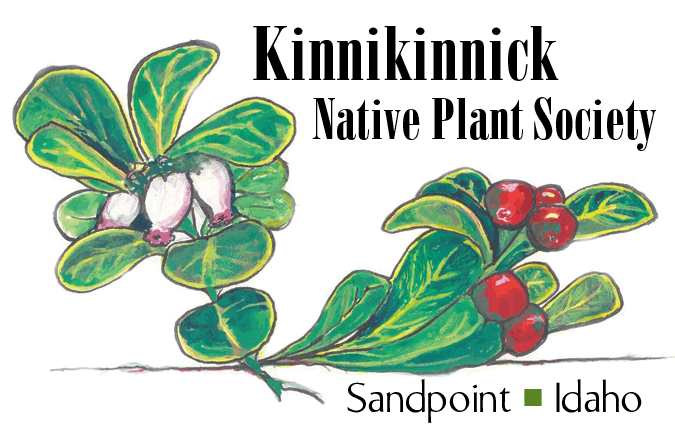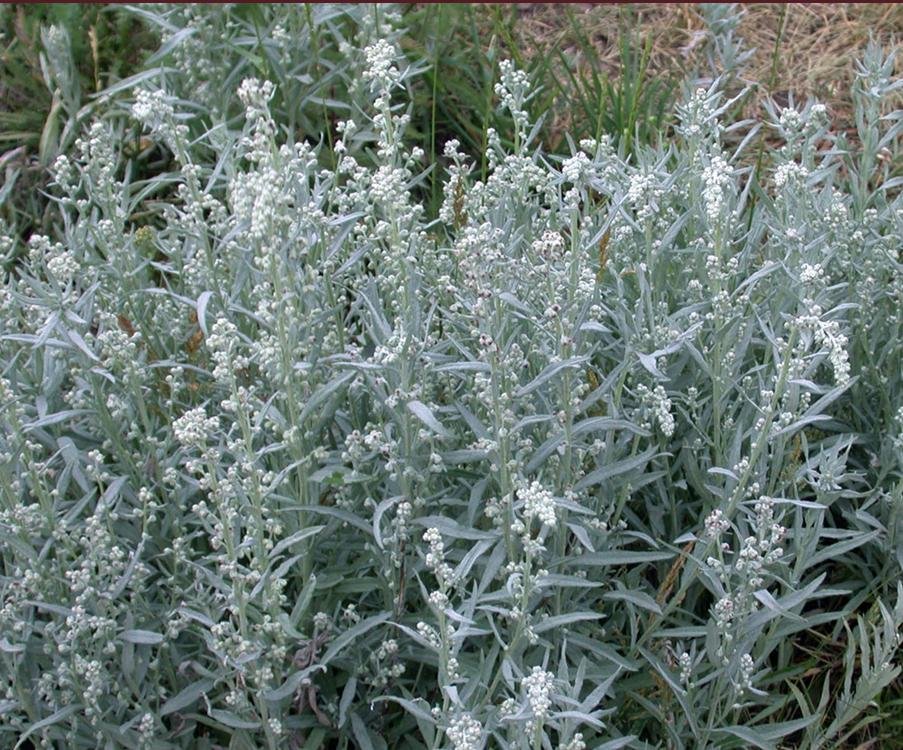White Sage
(Artemisia ludoviciana)
White Sage
Found throughout lower Canada and the United States, with the exception of Pacific coastal areas, White Sage (Artemisia-ludoviciana) is an upright perennial characterized by its beautiful gray-green foliage. Because it is found in so many different places, White Sage has a host of common names, including Prairie Sage, White Sagebrush, Gray Sagewort, Silver Wormwood, Louisiana Wormwood, Western Mugwort and more. White Sage is named for Artemis, the Greek goddess of the moon, wild animals and hunting. The species name, ludoviciana, identifies it as being from Louisiana, probably where it was first identified and collected.
A member of the Aster family, White Sage is not related to the sage we use as a spice in our Thanksgiving turkey dressing. However, when brushed against or crushed it releases a pleasant, clean aroma reminiscent of the spice.
Native Americans used dried White Sage in smudge sticks which they lit indoors to purify the air, remove negativity and offer protection. Many Native ceremonies started by burning smudge sticks. It was also used in sweat lodges for its purifying qualities.
To make a smudge stick, dry stems of White Sage with leaves and flowerheads intact. Fold the stems over on themselves, bundle into a wand six to ten inches long and tie it together. Light the bundle at the top and place the stem end into a glass or metal container with sand or pebbles to hold the stick upright. A refreshing, relaxing, cleansing smoke will fill the air.
White Sage flowers, appearing in the late summer, are inconspicuous with little ornamental value, but loved by pollinating insects, especially butterflies. Flowers form an open array along the upper half of single or branched stems. Flowerheads contain as many as 45 tiny, yellow or brown disk florets covered by gray-green phyllaries. You would need a magnifying glass to see the individual flowers. The fruit is an achene, one hard seed per fertilized flower.
Reaching to 36 inches tall and spreading about as wide, White Sage stems have alternately arranged lance-shaped leaves. The lower leaves may be lobed, toothed or somewhat divided. Leaves, stems and phyllaries around the flowers are covered by silky, dense, gray-white hairs giving the plant its distinctive gray-green coloring which is so striking against the colors of other garden plants.
White Sage tolerates poor to medium fertile soils, loves sun, is drought tolerant and needs good drainage. It is deer and rabbit resistant, due to its protective aroma and probably taste. Pinching stems back in late spring will keep the plant shorter and more compact, and cutting back aggressively after blooming rejuvenates the foliage. Under ideal conditions White Sage can spread aggressively through rhizomes and by self-seeding. Remove fading flowerheads to reduce spread. Cut back and mulch in the autumn, also the best time to propagate by division.
Pictures and a description of White Sage are found on page 102 of Landscaping with Native Plants in the Idaho Panhandle, a KNPS publication available at local bookstores and the Bonner County History Museum. Additional native plants can be viewed at the North Idaho Native Plant Arboretum, 611 S Ella St. in Sandpoint.
Native Plant Notes are created by the Kinnikinnick Native Plant Society. To learn more about KNPS and the North Idaho Native Plant Arboretum, explore www.nativeplantsociety.org.

